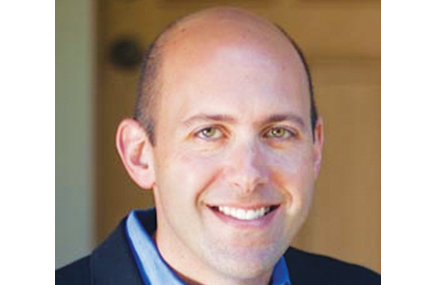The FDA is responsible for safeguarding patients and protecting public health by assuring the safety, efficacy and security of medications. To accomplish this, the FDA’s primary process for monitoring adverse drug events that occur with marketed products is the Adverse Event Reporting System (AERS). Over 525,000 unique patient case reports were reported to AERS in 2010, with 9.6% of those adverse events resulting in patient deaths and nearly 21% resulting in patient hospitalization.
However, a comprehensive review of AERS reveals some startling deficiencies. The fragmented and voluntary process of FDA adverse events reporting can be inaccurate and time-delayed. The FDA estimates that only 10% of adverse events are reported every year, grossly underestimating the actual number of adverse events associated with a medication. The reporting of an event can be influenced by physician expectations and other differential reporting factors. Most troublesome, when the limited data that is collected is published by the FDA, there is no standardization of drug names or other important clinical terminology. This makes retrieving information about medications and their side effects nearly impossible.
These limitations led the FDA to conclude that AERS “cannot be used to calculate the incidence of an adverse event in the US population.” Largely due to the inaccessibility and inefficiency of the existing AERS system, many members of the pharmaceutical and academic medicine communities have had no reason to disagree.
What if they are wrong? Or, what if correcting for the limitations of AERS was possible? Can safety signals be extracted from the information that the FDA already spends millions of dollars annually to collect?
Using our proprietary data cleansing algorithm to standardize the data, we have extracted meaningful safety signals from AERS. For example, a report we published on October 20 examined 150,000 serious muscle and tendon adverse event reports associated with statins. Contrary to previously held views, the study indicated material safety differences within the class, with AstraZeneca’s Crestor having nearly three times the report rate as Pfizer’s Lipitor.
What about the other limitations? Overcoming under-reporting and differential reporting will take both cleaning up the existing data and aggregating the millions of verifiable side-effect reports available online in discussion boards and social media. This undertaking is daunting and concerning to the healthcare establishment.
But patients already accurately and truthfully share experiences through online mediums—not using the FDA’s cumbersome voluntary reporting process. Shouldn’t we seek data where it resides? Ignoring patient experiences or relying on outdated qualifications for inclusion stymies the potential to find much needed safety information. In ten years, discounting this information will seem as antiquated as concerns over using credit cards online during the Internet’s early years.
There is a tidal wave of information on the horizon. Being able to process, analyze and draw accurate conclusions from that information is healthcare’s next major challenge. But no area stands to gain more from this transformation than drug safety, where the current lack of information limits product development, handcuffs physicians and puts patients at risk unnecessarily.
From the December 01, 2011 Issue of MM+M - Medical Marketing and Media







